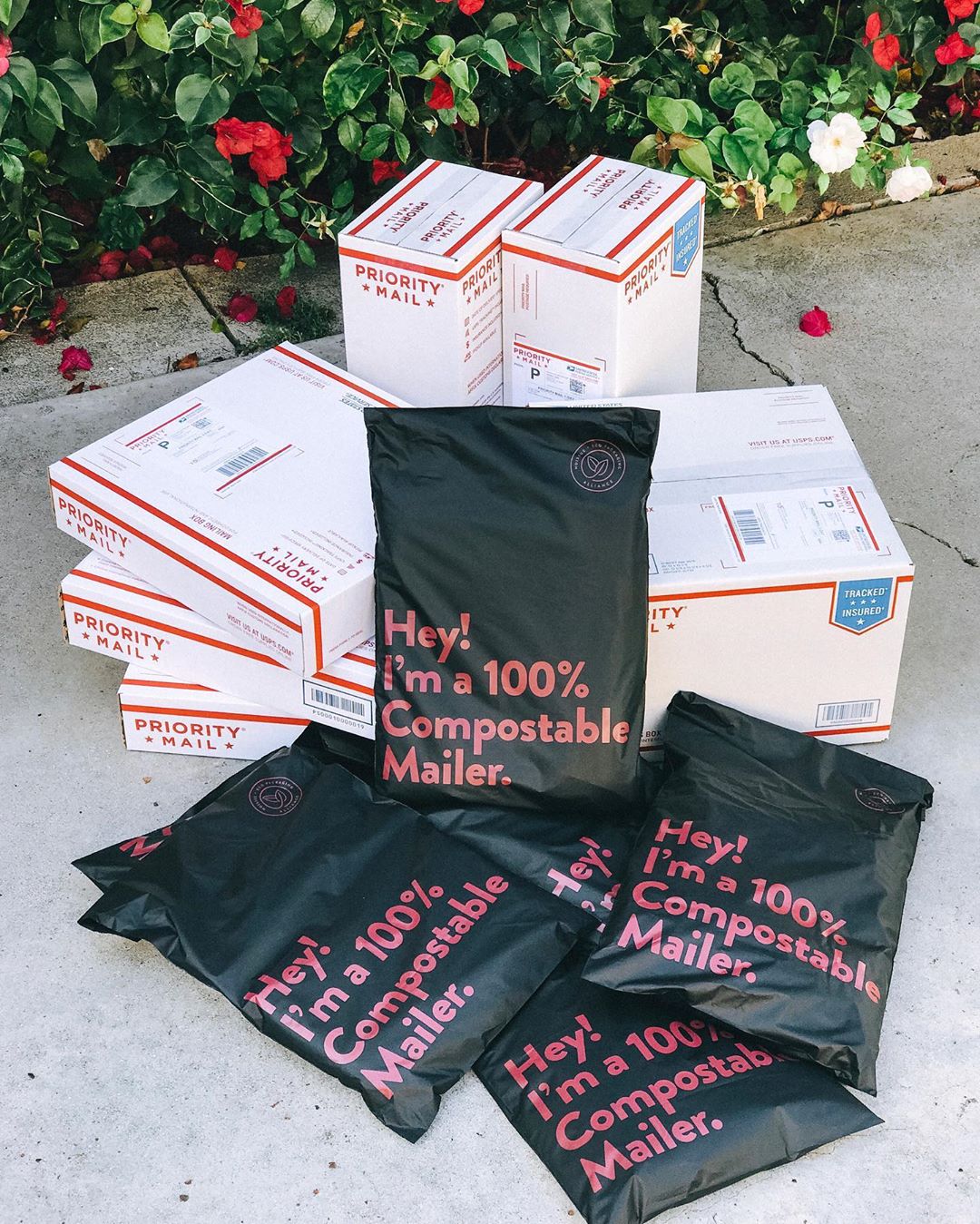Let's talk about inventory: your goods, your products, your stuff, and how as you start to grow as a business, there are some concepts you really ought to start thinking about.
If you’re anything like the hundreds of other brands we’ve spoken to over the years, you’ll be familiar with that heady cocktail of equal parts excitement and stress when you drop your latest products or your Instagram posts gain some traction. That’s when then the pressure comes on to deliver!
With the holiday season coming up quickly and more online orders happening than ever before, it really is a time where your brand is ‘on show’ and you’ll want to make every first impression count. That’s where having a solid handle on your inventory comes in.
Without it, you set yourself up to let down some of those customers with things like cancelled orders, out of stocks and missing items. This is not the customer experience that’ll draw them back and turn them into loyal, valuable supporters of your brand.
The basics of inventory management

First, let’s look at the end-to-end flow of the inventory management process. The size of your business will determine the specifics of how you might carry out some of these ideas, but the theory behind them remains consistent.
Unless you make all your products from scratch in-house – and if you do, amazing, keep it up! – first up, you’re going to need an accurate way of tracking everything you receive into your bedroom, office or warehouse.
This is the foundation of a great fulfillment set up for a few reasons. Sadly, everyone makes mistakes, and your suppliers are no different. If the box or pallet you receive has a quantity on it, say 100, "taking their word for it" is not going to cut it in the long run for you.
As your volumes go up, the chances of the received goods being spot on every time diminish, either with exact numbers, sizes, colors, or faulty products that you don’t want to keep and sell.
Unless you know exactly how many of a certain product you have in stock, you’re not going to be able to confidently sell that product online without the chance of an oversell.
And that feeling of getting an email from your favorite brand saying, "Sorry, that thing you ordered and we let you pay for? Yeah, sorry… we only just realized, we don’t actually have one right now." That’s a gut-wrencher!
So once you’re great at counting things in – either manually if you can manage it, or at a certain point, you’ll start using fancy things like barcodes and scanners to speed up these types of things – next up is your website.
Connecting up your shopfront with your inventory

As a passionate business owner, you’ll always be thinking about your products, your marketing campaigns, and how you’re reaching more people. However, even more crucial is making sure your website is right up to date in terms of inventory levels and product availability.
This part all comes down to how quickly and accurately you can translate what you’ve got in your inventory onto the site that’s available to purchase. If you have a slow process, you’re giving up opportunity cost and things like marketing and ads have to wait!
What we’d recommend is you look into the right technology here. If you’re using an ecommerce platform like Shopify or BigCommerce, it’s relatively easy to add products and make them live online and those platforms will count down as stocks lower.
However, as you scale up, you’ll have other systems at play alongside this one ecommerce platform to manage. Things like purchasing tools, inventory management and order management platforms and perhaps a warehouse system for the point where you move to a dedicated physical space to ship orders from.
Tracking inventory levels doesn’t have to become more complex at this point, so long as you clearly understand how the data is flowing between the various systems and apps you’re using, and have extremely tight, fast integrations between them all.
One thing in particular to look out for within this world: some ecommerce platforms will look to ‘refresh’ the entire inventory count for all products on a ‘every 30 minute’ basis.
This is a large data transfer process, and means that after 25 minutes of the refresh, if your site is busy, there is a good chance some stock levels are actually inaccurate on the site, and oversells become possible.
A better way to do it is to have each product individually subscribed to the information within the other systems relevant to that product, so that whenever the number changes, the website changes at the same time to reflect the new count.
This cuts out any opportunity for the site to allow someone to buy something that isn’t actually available, and also reduces stress on your website as a whole, as it’s not totally refreshing everything at once.
Getting inventive

Want to get really clever? The best, fastest-growing brands we see are using logistics, inventory management and data in really creative ways. If you can get your head around it early it really should pay as a crucial pillar of your growth, rather than something you tack-on awkwardly at a later date.
Ideas to get your inventory management running smoothly
– Forecasting demand for certain products by comparing the rate it is selling versus the time it spends unsold in your inventory
– Adjusting the levels of those products that you order in the future
– Working out the average spend of a customer or the average price of each item you sell and making more items closer to those price points
– Assessing upcoming trends and making that inventory the priority in your purchasing
– Making that popular inventory the easiest and fastest thing to pack and ship
– Looking at what’s selling and what’s not and ‘bundling’ items together to move underperforming inventory along at a cut price
– Freeing up space in your inventory holding to get more of the good stuff.
It might not be the most glamorous part of ecommerce or being a direct to consumer brand, but logistics and inventory management really are the core bricks to build on.
As much as attracting new customers with creative and eye-catching campaigns is super fun, it is a lot more cost effective long-term to establish great relationships with existing customers by providing them with a remarkable experience.
This means every order they make is confirmed and not cancelled (there’s that inventory accuracy), they get the order on time, nicely packaged (of course!) and they feel loved by the company they’re buying from.
This will keep them coming back, leaving you nice reviews, spending more with you and telling their friends about you: an all-round great experience to cultivate.
Leo Connolly is the human behind the marketing at Peoplevox, Descartes’ ecommerce specific warehouse management system. When he’s not perfecting his V60 recipe, he encourages you to check out peoplevox.com if you have, or are moving into, a warehouse and want to drive great customer experience with great fulfillment.
